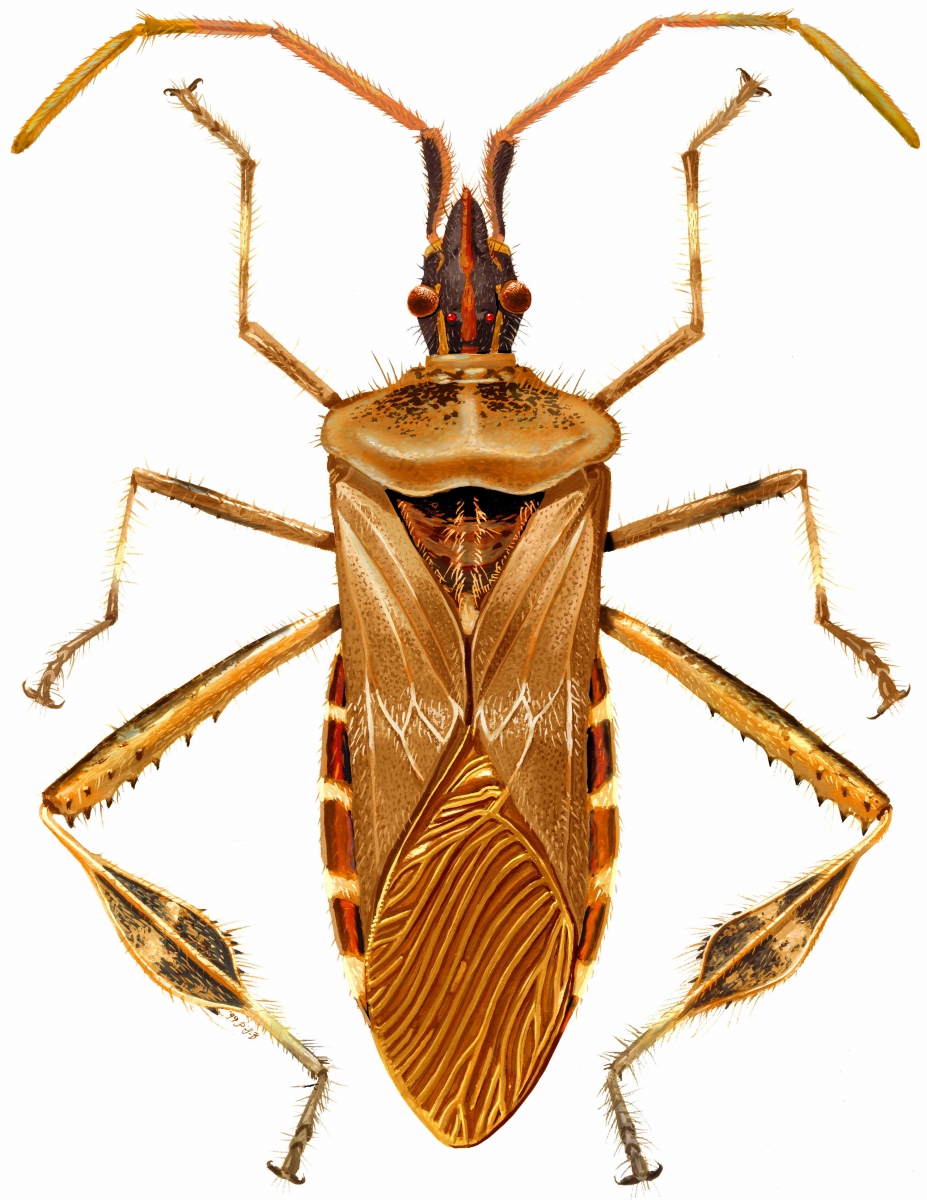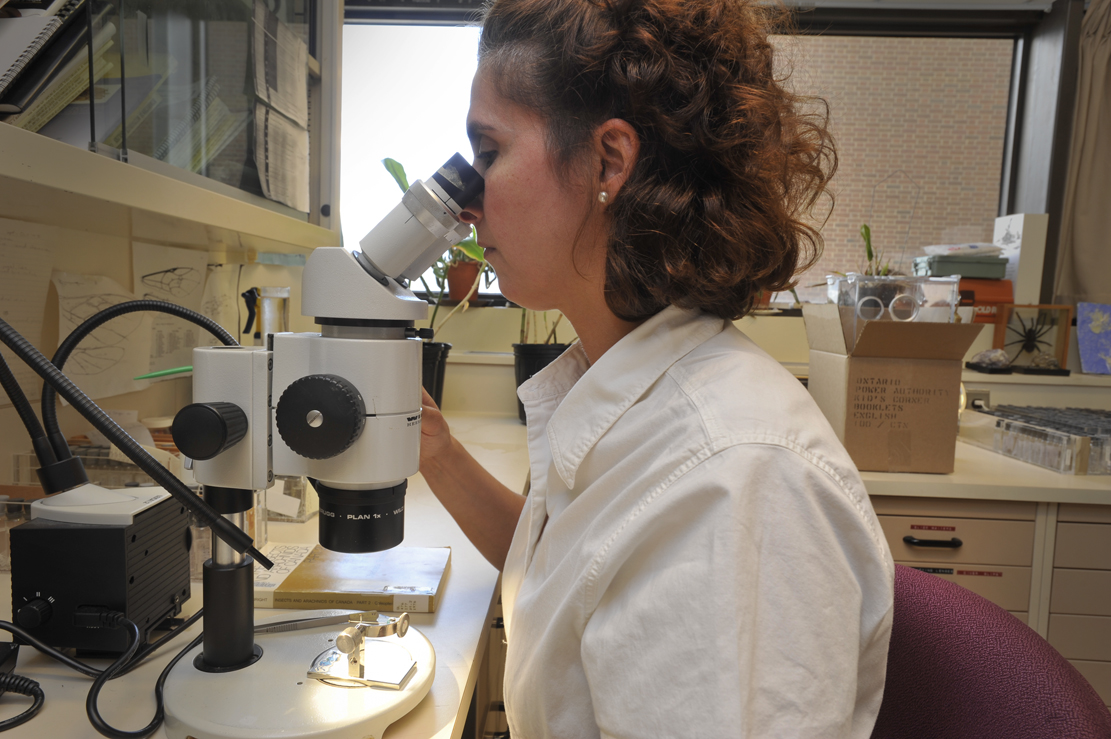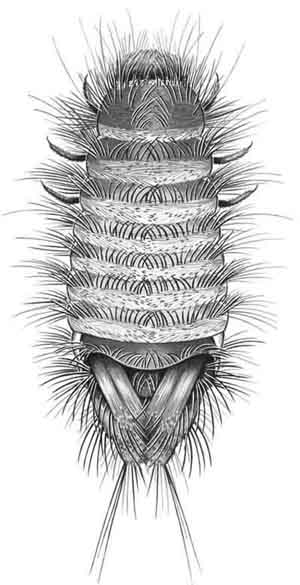Biodiversity
Monthly Archive: December Biod
Bugs are moving in (not bed bugs this time)
Question: It’s fall, why are all these bugs coming into my home? I’ve never seen them before!

Western conifer seed bug; copyright ROM images
The Bee Contest Winner Visits the ROM!
I love sharing the cool secrets of the ROM with visitors, so it really made my day when our Name the Queen Bee Contest winner Kaitlyn visited the ROM with her mom and her brother Kynan (who also happened to be our third place winner). I got to show them around the Keenan Family Gallery of Hands-on Biodiversity and Life in Crisis: Schad Gallery of Biodiversity, as well as introduce them to a few special friends of mine who live behind-the-scenes at the ROM.
The Butterflies of Toronto
To educate and foster appreciation for these much-loved colourful insects, the City of Toronto, in partnership with the ROM and Livegreen Toronto, has published a new book, Butterflies of Toronto: A Guide to their Remarkable World. With hundreds of full-colour photographs, this new publication shares the local history of butterflies and details on where they live in Toronto. It is part of a Biodiversity Series being produced by the City to commemorate the Year of Biodiversity 2010.
Yellowjackets (a.k.a. Late Summer Picnic Pests)
We love picnicking outside in the summer but in August and September our meals are inevitably cut short because of wasps. What are they and what can we do about them?
Primate Conservation and the Bushmeat Crisis
Primates have been at the forefront of The Life in Crisis: Schad Gallery of Biodiversity these days.
Cod and Caribou – good management, natural resiliency or media headlines

Cod. Photo by *Saipal. Flickr Creative Commons.
Entomystery – why did the beetles go to camp?

Antonia takes a closer look at the mystery beetle while solving the case of the unwelcome summer camp critters. Photo B Boyle.
I found what looks like a tiny “caterpillar” in my home. What is it?
This is my second posting that takes a closer look at some of the critters that share our spaces. Here I examine one of our most common household guests, the carpet beetle. The larvae look like tiny, furry, ‘caterpillars’.

Larva of a carpet beetle, family Dermestidae, also known as skin or hide beetles. Drawing: copyright ROM.
Changing of the guard – Schad Gallery welcomes North America’s largest land animal
A long awaited addition to the Royal Ontario Museum was installed today in the Life in Crisis: Schad Gallery of Biodiversity. Our new North American Plains Bison (Bison bison bison) wears his shaggy winter coat and munches on grass, a key component of his vegetarian diet. Weighing about 360 kg (or 800 lbs) today, this large specimen was prepared for the ROM by the same taxidermist who prepared the White Rhino also on display in the Schad Gallery.
A tortoise by any other name is…a new species.
In 1861, American Physician and Naturalist James Graham Cooper described a new species of tortoise from the deserts of California, and a 150-year mystery began. He named this new discovery Agassiz’s Land Tortoise (Gopherus agassizii), but the name was changed some years later to Desert Tortoise. Fast forward 140 years later to a review that was published in 2002 on the conservation of the Desert Tortoise and the status of existing populations. It summarized evidence that Gopherus agassizii was not a single species, but was actually two to four species.
